The Right Bike Fit for YOU – Guaranteed
We have been competing for more than 20 years, and as Engineers have studied and experimented with bike fit from day one. We have created our own fit protocols, philosophy, and tools, including our patented automated Vertex Fit Cycle (yes we designed, patented and built our own automated computerized fit simulator from scratch). We pioneered online fitting. We focus on aero – triathlon and time trial – bike fitting. We do road bike fits too, but aero is our heart and soul. Thousands of happy clients and countless victories later (including multiple Ironman World and National Champions), we still keep learning and honing our craft every day.
CONCIERGE-LEVEL SERVICE: We stand behind and have pride in our work. It actually matters to us that our services help YOU have the best athletic experience possible. Looking for the right tri bike? We will find it for you, and build it to your dream specs and perfect fit. If you have a bike already we will make sure your fit is optimized. Either way, you will LOVE your bike. That is our money-back pledge. If something isn’t right, we will fix it or give you a full refund on any and all fitting charges. No bull. Please talk to any of our thousands of customers. Talk to the coaches who send us their athletes. We look forward to working with you.


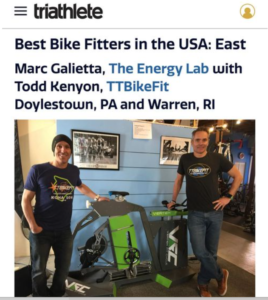
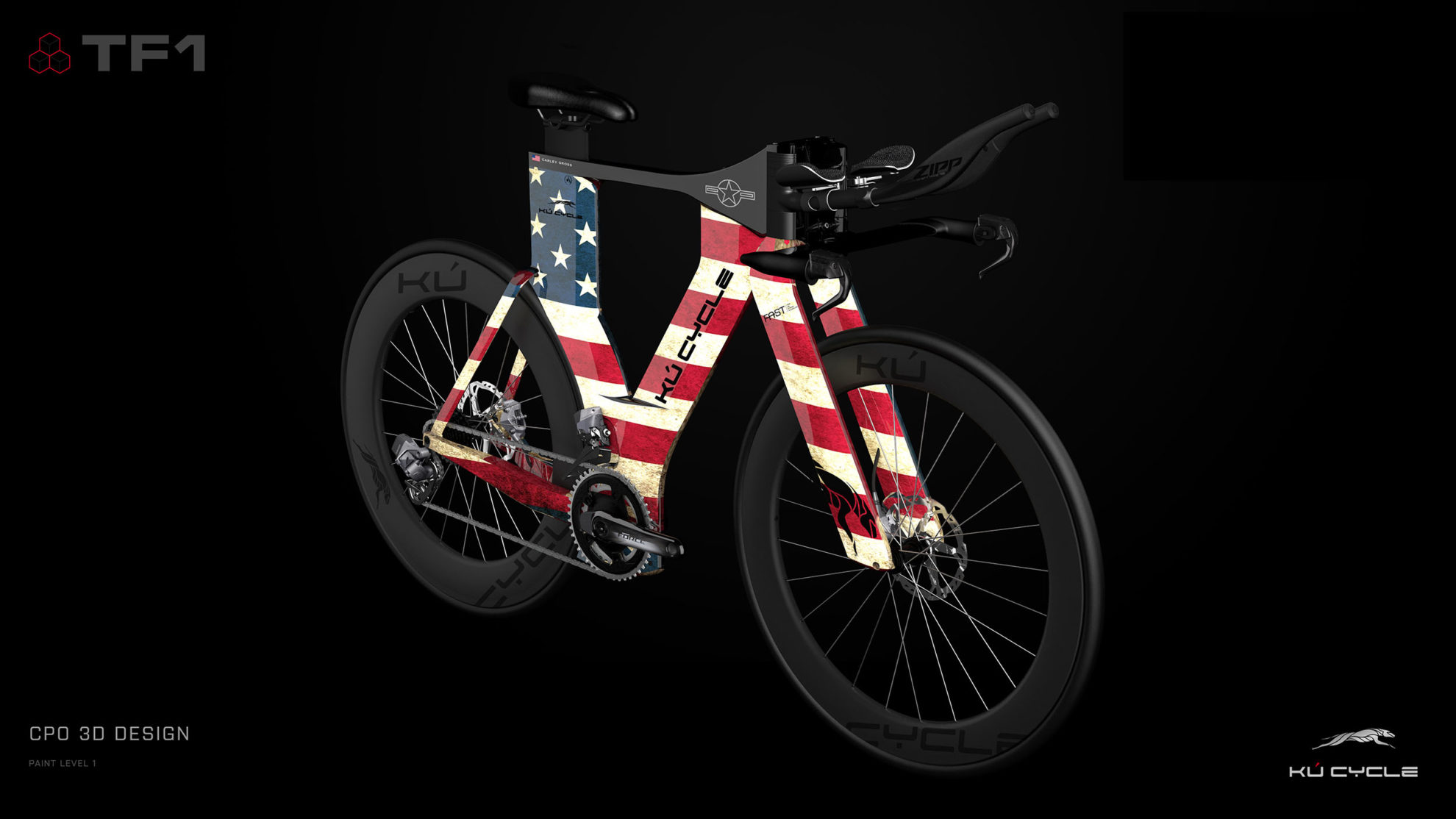
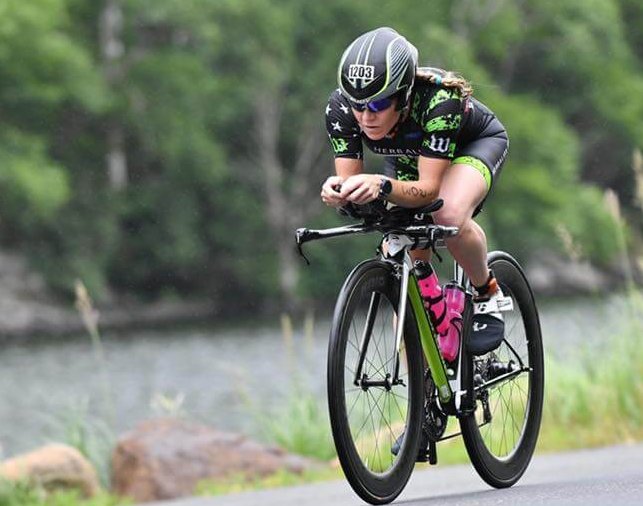
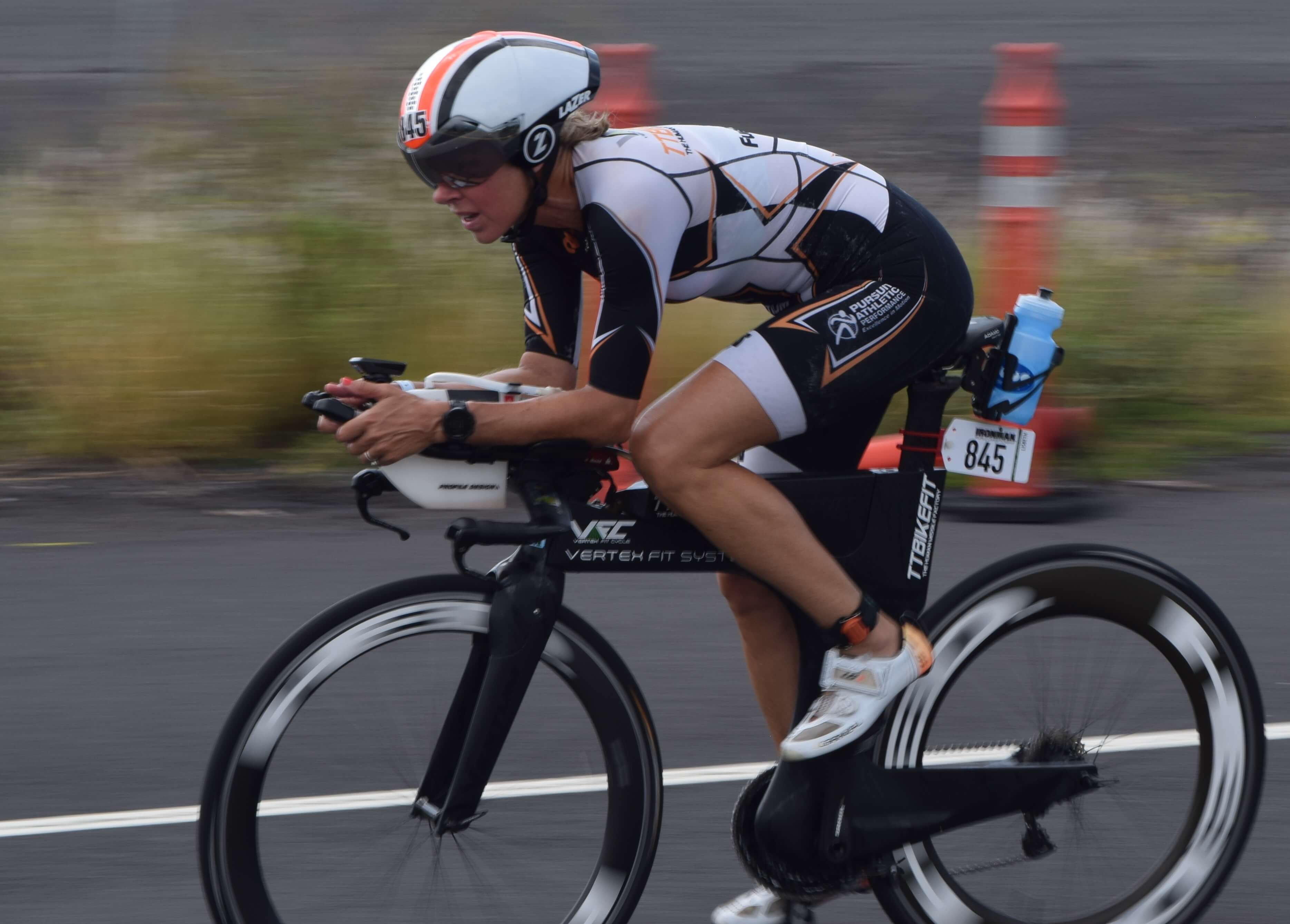
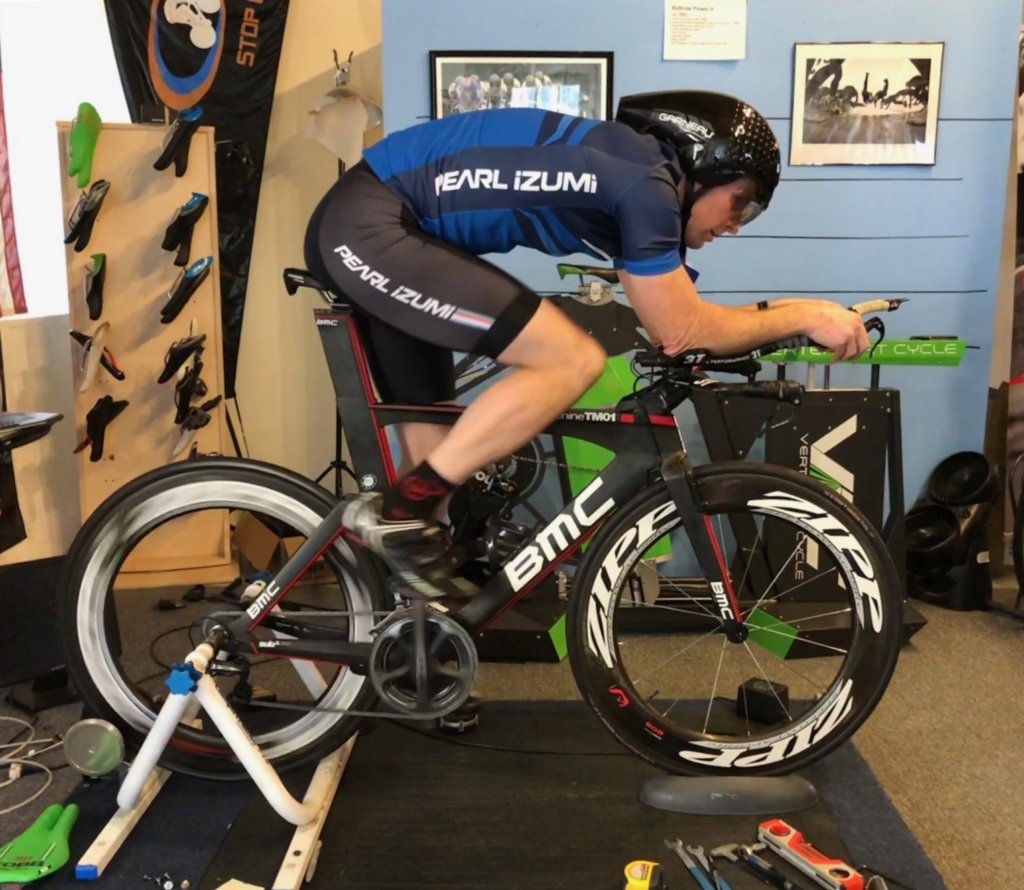
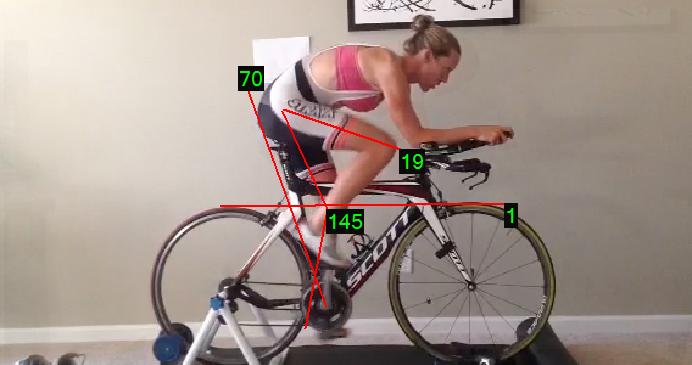
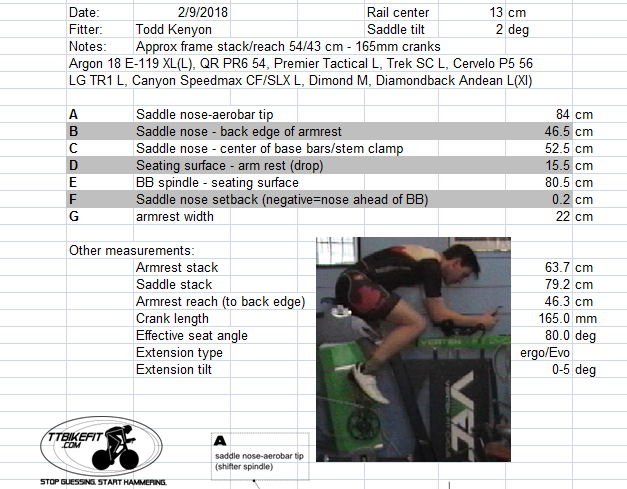
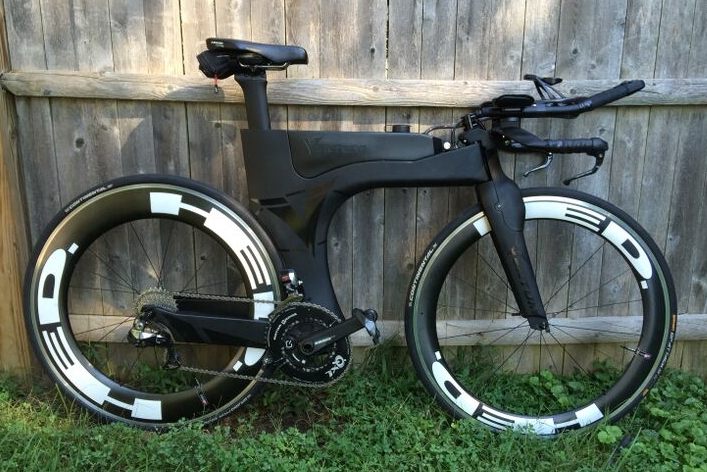
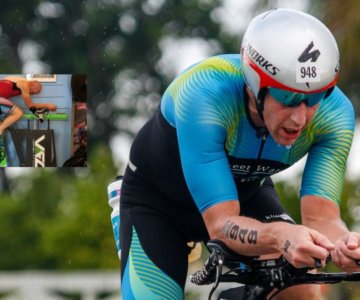
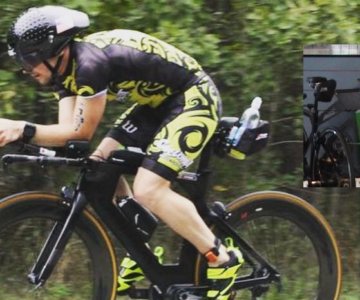
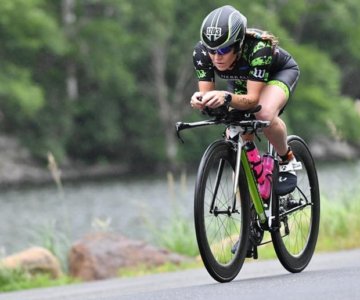
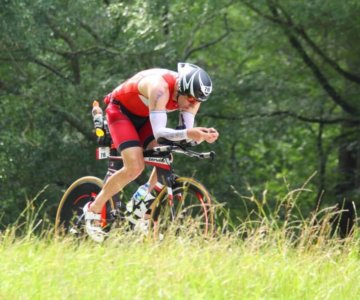
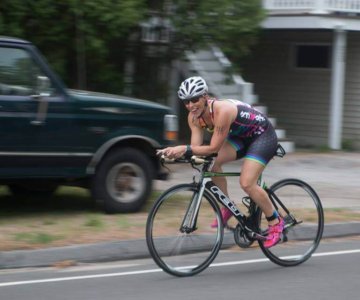
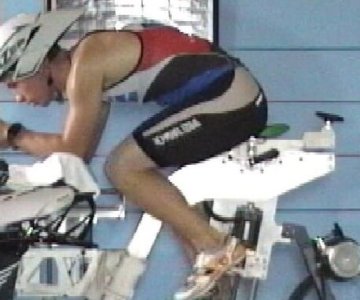
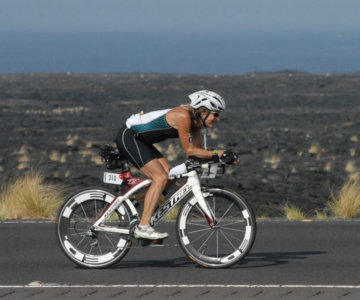
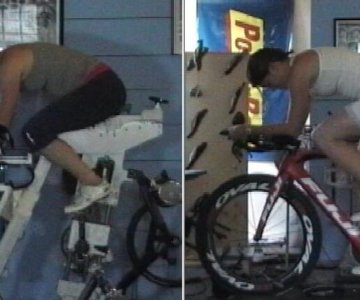
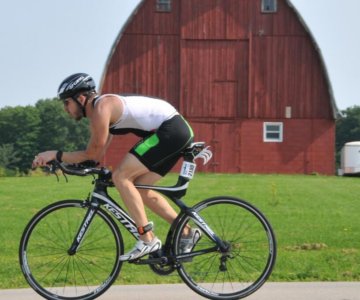
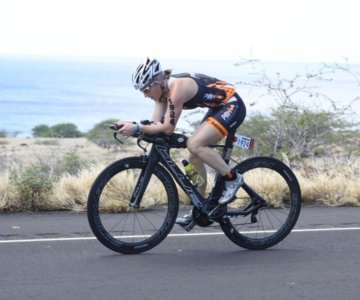
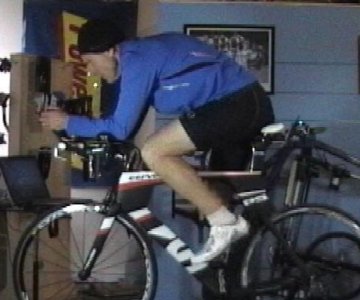
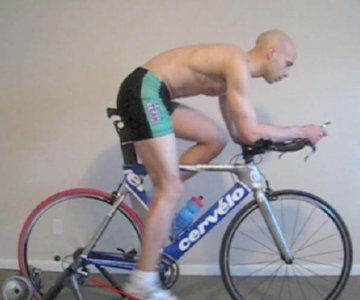

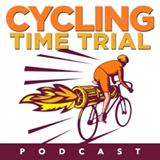

Triple Qualifier 2018 Matt Limbert
Matt qualified for Ironman, 70.3 and Olympic World Championships with bike and run PRs at all 3 races